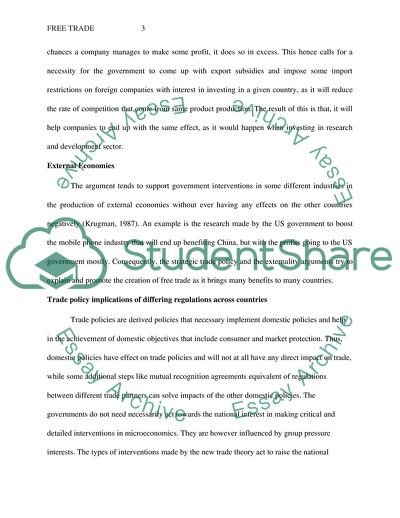Free Trade Assignment Example | Topics and Well Written Essays - 1000 words. https://studentshare.org/macro-microeconomics/1859744-free-trade
Free Trade Assignment Example | Topics and Well Written Essays - 1000 Words. https://studentshare.org/macro-microeconomics/1859744-free-trade.


